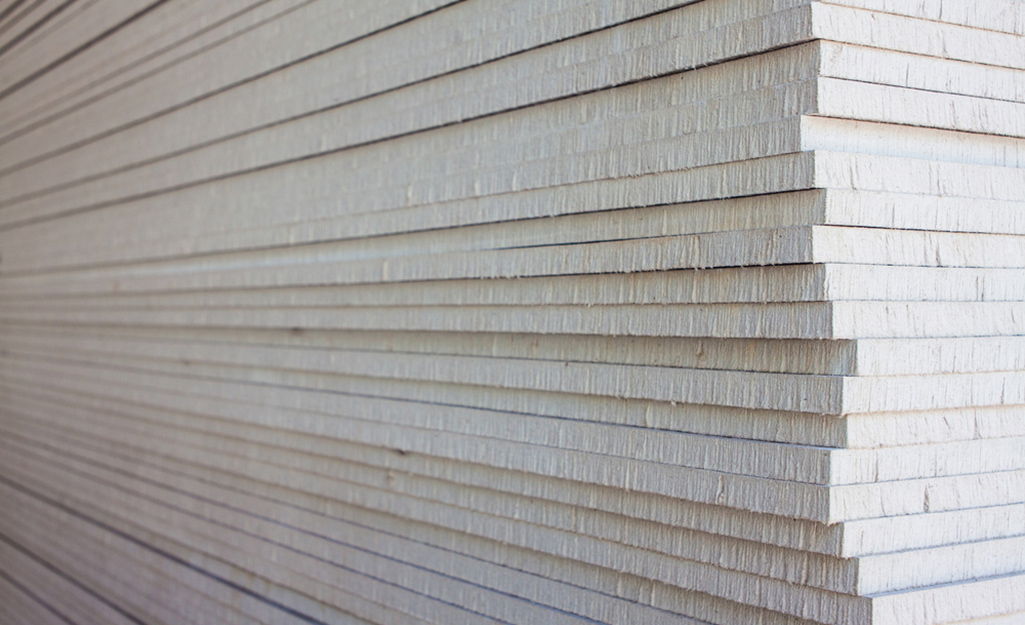
Drywall, also known as plasterboard or gypsum board, is a crucial component in modern construction. It provides a smooth and durable surface for walls and ceilings, enhancing the overall aesthetics of a space. However, with a wide range of materials available, selecting the right one for your specific needs can be a daunting task. In this comprehensive guide, we will explore the various materials used for drywall, their unique properties, and help you make an informed decision for your next project.
- Traditional Drywall:
Traditional drywall, composed of gypsum plaster sandwiched between two layers of paper, has been the industry standard for decades. It offers excellent fire resistance, sound insulation, and affordability. However, it is susceptible to moisture damage and may require additional treatments in moisture-prone areas. - Moisture-Resistant Drywall:
For areas with high humidity, such as bathrooms, kitchens, and basements, moisture-resistant drywall is the ideal choice. It is manufactured with additives that enhance its resistance to moisture, preventing mold and mildew growth. This type of drywall is identifiable by its green-colored face paper. - Fire-Resistant Drywall:
When safety is a top priority, fire-resistant drywall is indispensable. It contains glass fibers and other additives that enhance its ability to withstand fire, providing valuable time for occupants to evacuate a building. Fire-resistant drywall is commonly used in commercial buildings, garages, and areas requiring additional fire protection. - Soundproof Drywall:
In environments where noise control is essential, soundproof drywall is a game-changer. It incorporates multiple layers of gypsum and viscoelastic polymers, effectively reducing sound transmission between rooms. This type of drywall is commonly used in recording studios, theaters, and residential spaces where privacy is paramount. - Impact-Resistant Drywall:
High-traffic areas, such as hallways and children's playrooms, demand a more durable solution. Impact-resistant drywall is designed to withstand accidental impacts, reducing the likelihood of dents and holes. It is reinforced with fiberglass or other materials, providing enhanced resistance to everyday wear and tear. - Green Drywall:
With sustainability becoming increasingly important, green drywall offers an eco-friendly alternative. It is made from recycled materials, such as paper, gypsum, and even agricultural waste. Green drywall not only reduces environmental impact but also provides comparable performance to traditional drywall.
Conclusion:
Choosing the right material for your drywall is crucial to ensure the longevity, safety, and functionality of your space. Whether you prioritize moisture resistance, fire protection, sound insulation, impact resistance, or sustainability, there is a drywall material tailored to your specific needs. By understanding the unique properties of each type, you can make an informed decision that aligns with your project requirements. Remember, investing in the right drywall material will contribute to the overall success and satisfaction of your construction endeavor.


